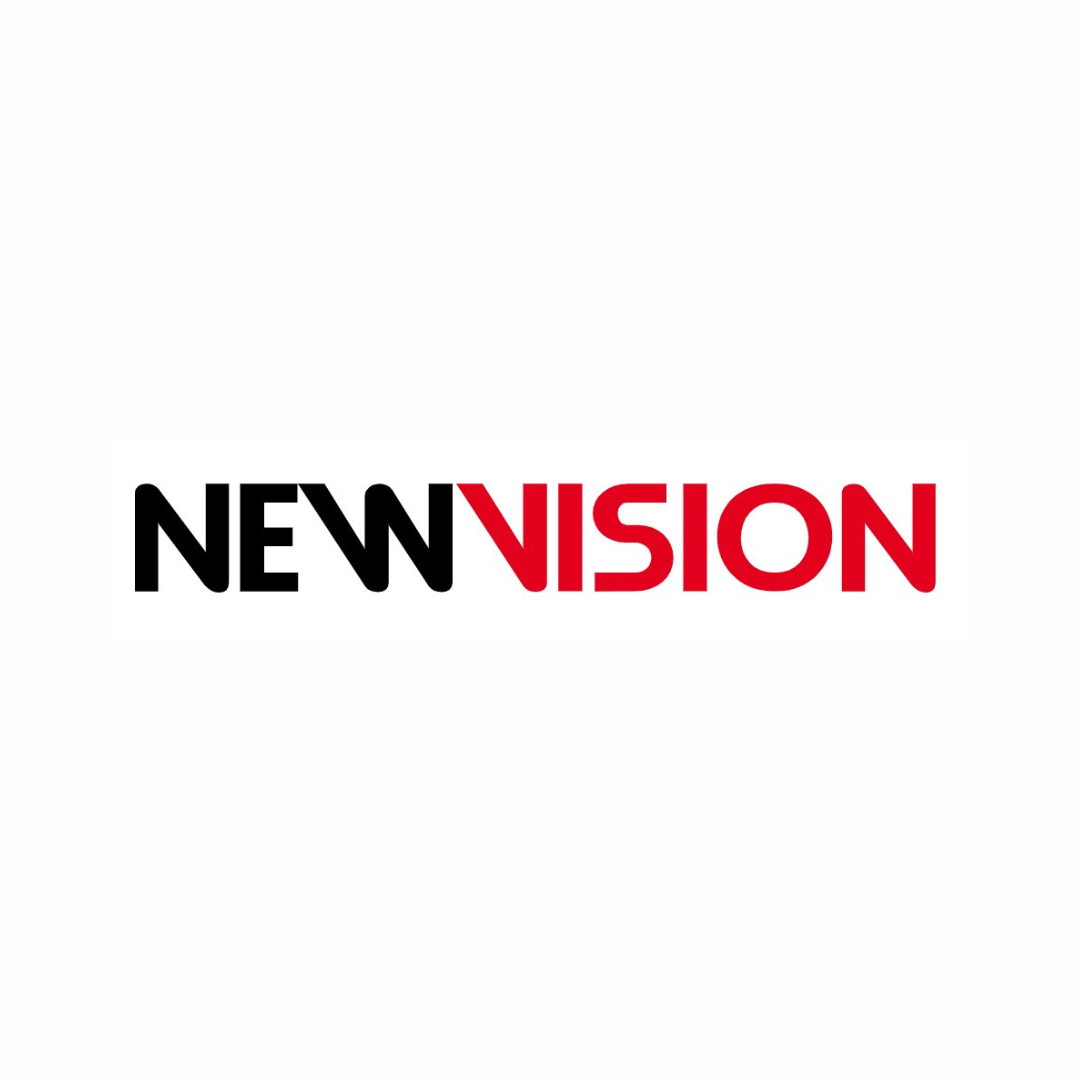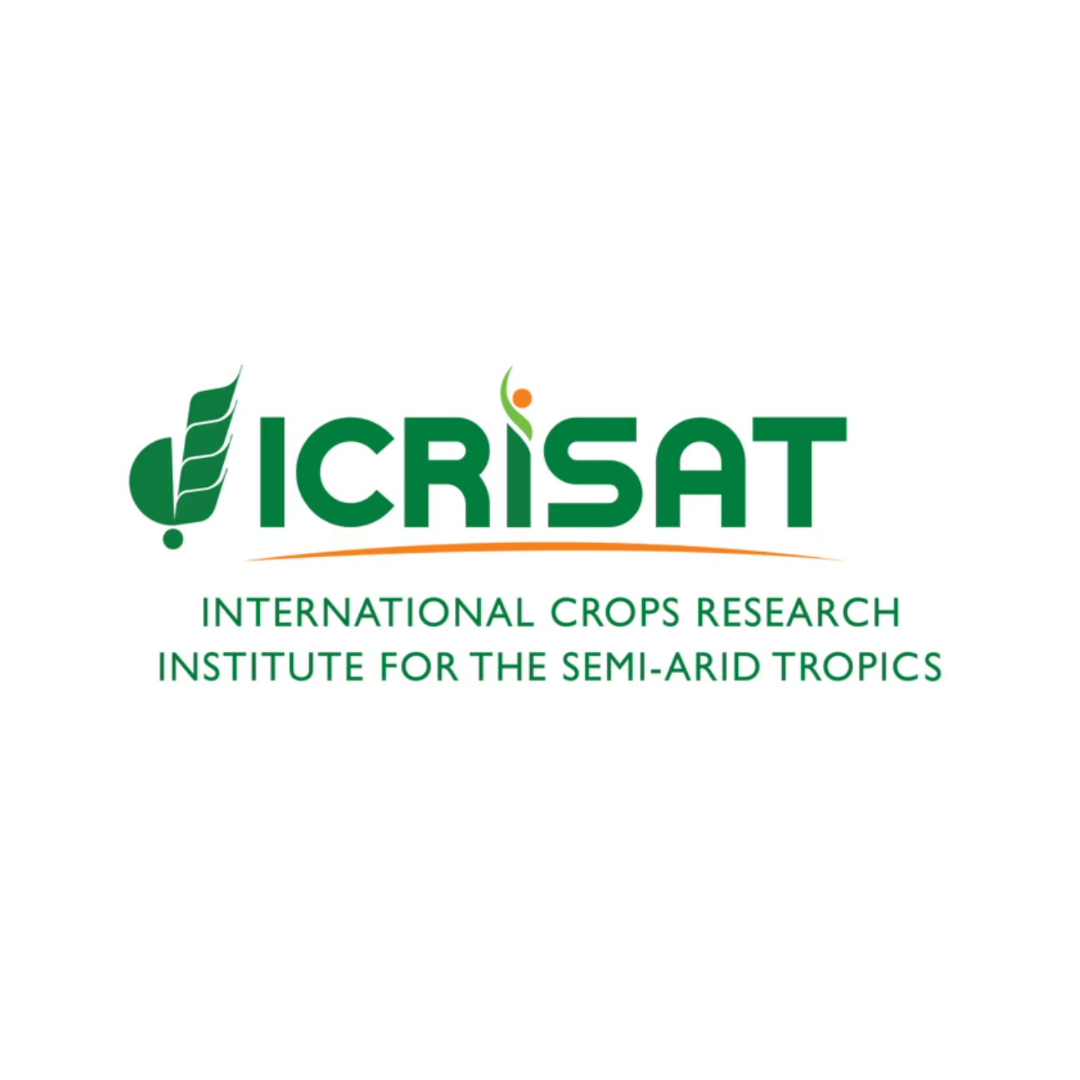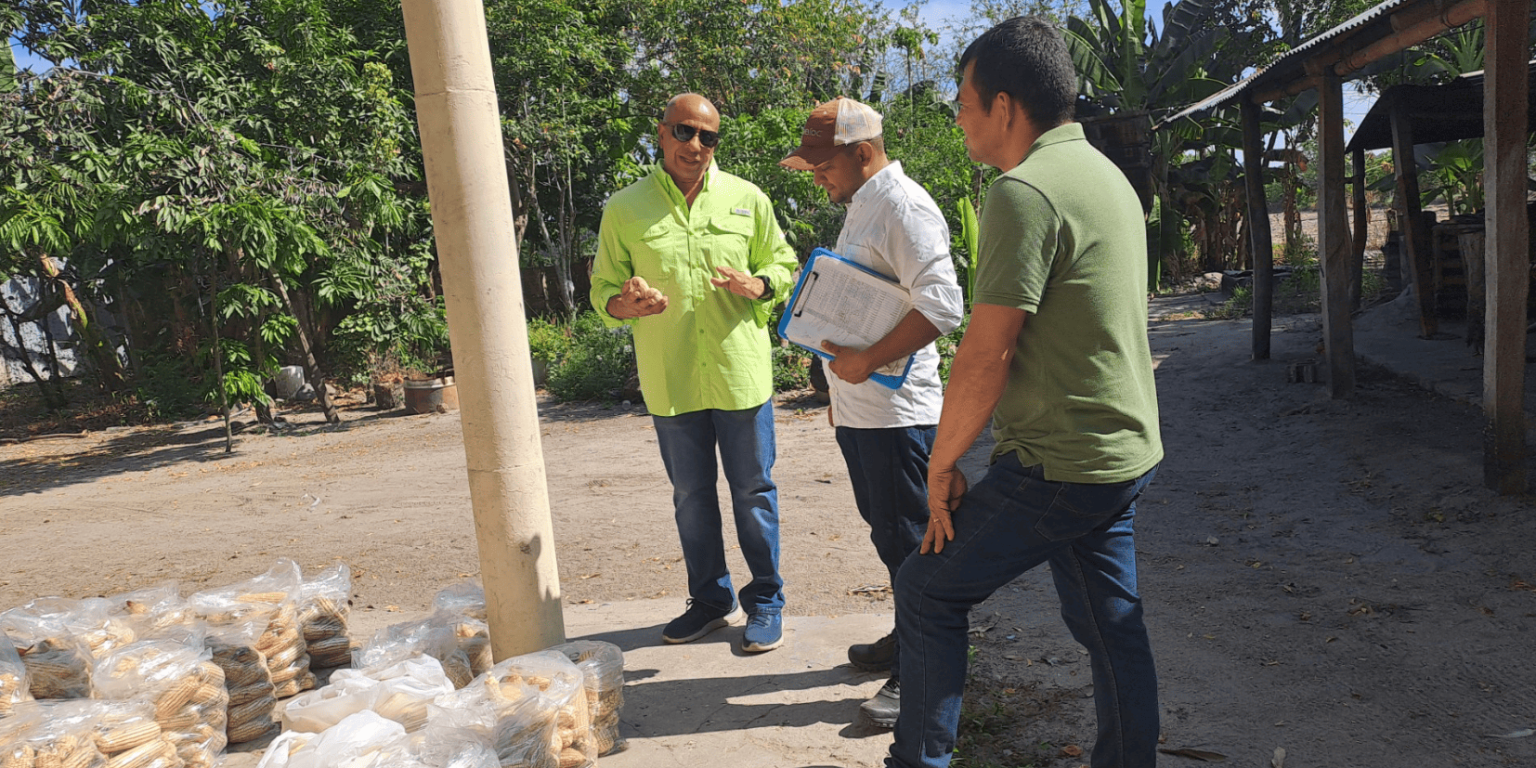Figuring out a career in science – A long and winding road
Anastasia shared her journey in finding her true calling. Her early love for science—whether it was trips to the library with her grandmother or being influenced in her teens by the book The Millennial Project, which illustrated the potential of biology to effect societal change—indicated that she wanted to do something in the sciences.
“However, growing up I had no role model to learn what a career in science looks like,” she said.
Anastasia was accepted at MIT, but a lack of financial aid limited her options, leading her to attend a local college and subsequently join the U.S. military as a preventive medicine specialist. There, she gained experience in environmental safety and foodborne illness prevention. She lived in South Korea for a year working on preventive medicine, keeping U.S. soldiers safe from foodborne and waterborne diseases.
A demoralizing encounter with a male sergeant, who undermined her capabilities, served as a catalyst for her return to academics. Anastasia completed her bachelor’s degree at the University of Maryland, supported by women mentors, before advancing her studies at the University of Iowa, where she completed a thesis focused on corn genetics.
“It didn’t matter that throughout my career I didn’t have a clear path or a target in mind, and that each step I took maybe was slightly to the side. I ended up in a place where I could make a difference and I met people who shared my passion,” she said.
Importance of policy and communication
While pursuing her doctoral research at Iowa State University—where Anastasia developed corn lines with high levels of bioavailable iron to address iron deficiency—she recognized a significant barrier:
“There was no way for our seeds to get to the people who needed them. This prompted me to learn as much as I could about U.S. policy, the regulatory environment, and the pathways to commercialization,” she said.
As she went deeper into the regulatory landscape of biotechnology in the U.S., focusing on trade, ethics, and sustainability, she was motivated to pursue a minor in sustainable agriculture.
An essential aspect of Anastasia’s journey was promoting the benefits of biotechnology through science communication. “I wanted to tell people about the promise of biotechnology, and the excitement that I felt. That’s where I started to get into science communication,” she shared.
Anastasia co-founded a nonprofit organization, Biology Fortified, which promoted the potential of biotech applications in agriculture. She started learning more about writing and storytelling and transitioned into a Presidential Management Fellowship within the U.S. government, where she used her skills in science communications and science policy.
Eventually, she joined the United States Department of Agriculture, where she gained diverse experience, including exposure to the Foreign Agricultural Service. “This opened my eyes to how regulation of biotech in different countries interacts and how we need to have a harmonized system to enable biotech products to be used by farmers in each country,” she said.
Sudha Nair, Maize Molecular Breeder at CIMMYT, kicked off the Q&A session by asking how Anastasia developed a passion for science communication. Anastasia recalled her role inspecting health and safety facilities during her military days and how it was imperative to communicate if there was any perceived risk. Since then, she has stressed the importance of communication.
“As scientists, we can get down into the details and get very excited about the scientific process and the findings, but for non-scientists, it’s not as exciting. That’s why it matters that we communicate,” she said.
Anastasia shared that scientists need to earn the trust of people when communicating about scientific findings. While having scientific evidence is important, connecting with the audience on a personal level helps. “For example, I care about sustainability not because of something I learned in an academic setting but because I have a daughter and want the world to be safe and clean. Getting down to those basic emotional connections is so important when communicating on a broader level,” she said.
She added that making science communication fun and interesting helps build connections.
Unbiased science, women’s representation, breaking stereotypes
Women in any profession, when they become parents, are often overwhelmed with misinformation surrounding pregnancy and childbirth, Anastasia shared.
“Even as a scientist, when I read scientific journals, I try to verify things. We need to do our own, you know, research, communicate through blogs, or talk about what we have learned and help other women feel more comfortable or less scared about pregnancy and childbirth,” she said.
Collective efforts can amplify the impact and dispel myths and biases, she advised.
Anastasia noted that the balance of men and women in leadership roles in science is improving. “When I first started at USDA, it seemed like there were not a lot of women leaders around me. As I progressed in my career, other women were also advancing in leadership positions. There is still a lot more work to do, of course. But at least in the science policy space, I think we’re doing reasonably well,” she said.
She shared her thoughts about the importance of role models for women: “I guess it starts young. For example, my daughter has me as a woman scientist, her aunt as a military leader, and other amazing women among her family and friends—but not everybody has that. So, providing early visibility and representation of women who are successful in their field is important.”

 Climate adaptation and mitigation
Climate adaptation and mitigation 
